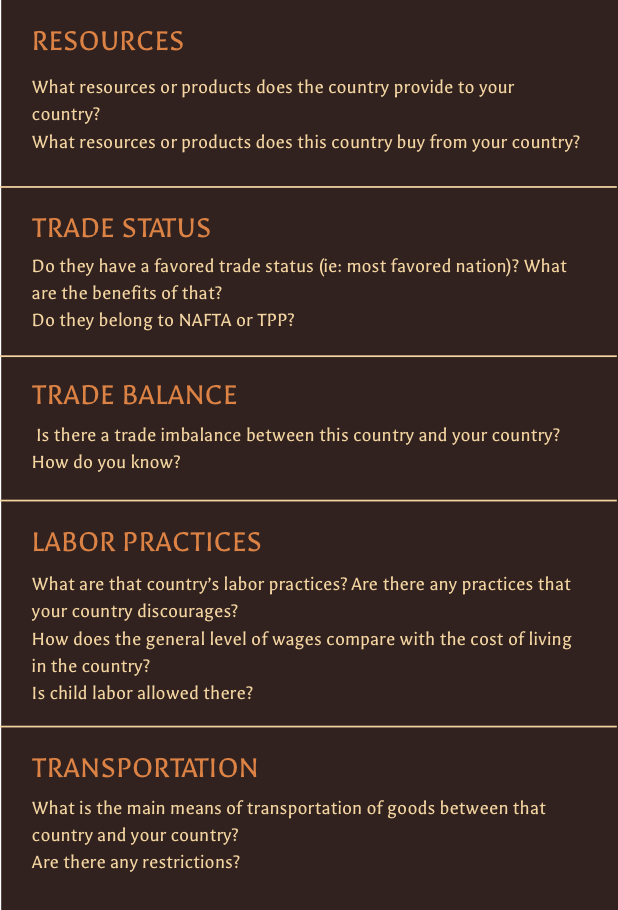5. Marco Polo Trading Game
Lesson Plan includes:
Scaffolded Instructions
Assessments
Handouts
Extension Activities
Glossary
State Standards Alignment
In this interactive digital trade simulation, students buy and sell valuable goods along the ancient Silk Road, learning the importance of geography when trading resources, and the value of international trade in spreading culture and ideas.
Students are assigned to an ancient city, with goods and resources to bargain and trade individually and in teams as they seek to obtain valuable commodities from famed market cities.
Students will discover the best strategies for long-distance trade among our 5 major trading centers on the Silk Road. Taking turns as both shopkeepers and traveling merchants, they will consider geographic diversity, gauge the value of middlemen, and practice verbal communication as they negotiate with one another.
Older students can conduct research on present-day world trade and compare it with those of the Silk Road era. An extension activity called “Real World Economics: Trade Today” will guide their exploration of this topic.
Lesson Plan includes:
• Students will be able to use their newfound knowledge of the resources available in each region of the ancient world that anchored the various routes of the Silk Road.
• Teams will interact digitally through a fun learning experience that emphasizes both individual initiative and cooperation.
• Students will practice verbal communication and strategy-building as they work both alone and in teams to bargain and trade, as they will later, in real-life situations.
• An extension activity for older students asks them to compare ancient trading practices with those of modern times, helping students make connections between the past and the present.

Class time required: 1-2 class periods*
*Extension activity development
Graphic Organizer
Present-Day Trading Partner Research
People in this group
Your group’s trading partner country



As people traded goods and exchanged ideas, they learned and borrowed from each other, which created advances in philosophy, the sciences, language, and religion.
A well-known German geologist, Ferdinand von Richthofen, gave this network a name in the 1800s: the Silk Roads.
In The Footsteps Of History ™
Use of this website is subject to our Terms & Conditions, Privacy Policy, and Cookies Policy.


